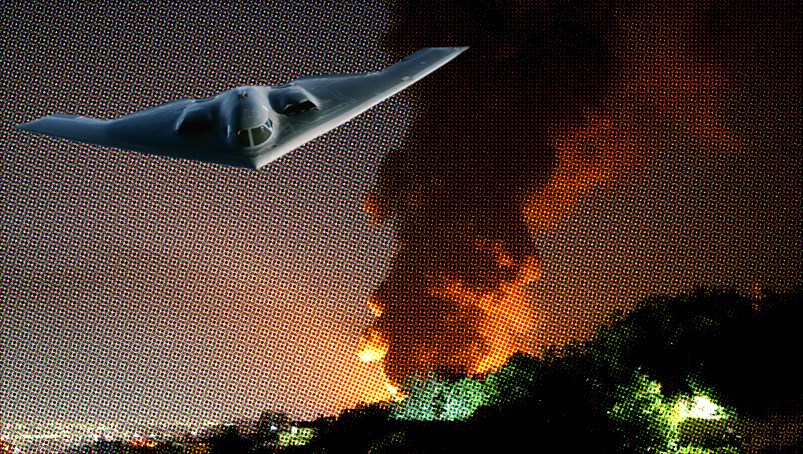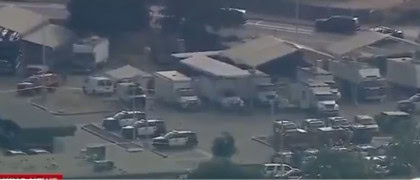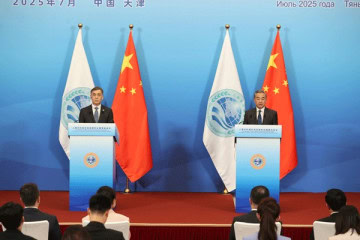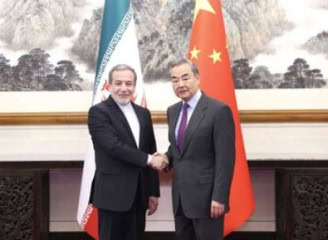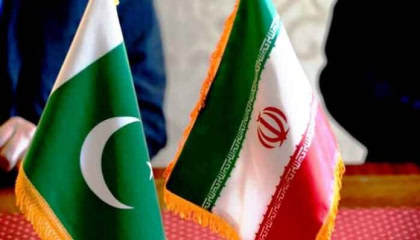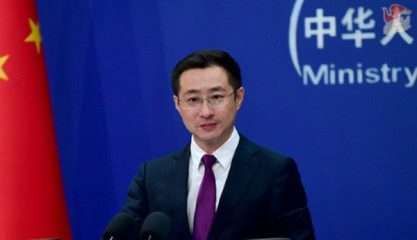TEHRAN – American bombers conducted massive strikes on key Iranian nuclear facilities, but the exact damage to nuclear weapon and the location of its existing stockpile remained unknown, causing panic among local residents.
Amid dramatic escalation of ongoing Iran-Israel conflict, Washington launched targeted airstrikes on three of Iran’s most critical nuclear sites, including the deeply fortified Fordow uranium enrichment facility near Qom, and other key installations in Isfahan.
As President Trump called these strikes “precise and decisive,” aimed at neutralizing Iran’s ability to progress toward nuclear weapons capability. He claimed that the Fordow site — a pivotal facility in Iran’s nuclear infrastructure — has been “completely destroyed.” However, independent verification of the extent of the damage remains pending.
International Atomic Energy Agency (IAEA) expressed deep concern over military attacks, labeling them “extremely alarming” due to the risk of radioactive release. In a statement issued after the strikes, IAEA Director General Rafael Grossi cautioned that the ongoing conflict increases the potential for radiation leaks, posing a threat to both people and the environment.
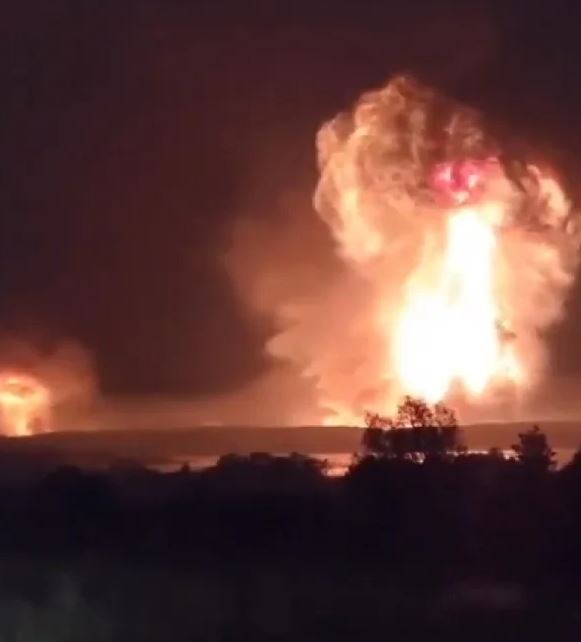
Despite agency’s initial reassurance that radiation levels around affected sites have not changed significantly, experts warn of possible localized health hazards. Professor Claire Corkhill of the University of Bristol noted that while uranium radiation does not travel far, individuals living near the struck facilities could be at risk.
Experts also emphasize that danger of large-scale nuclear disaster — akin to Fukushima or Chernobyl — is minimal in this case. Professor Jim Smith of University of Portsmouth explained that the enriched uranium stored at Iran’s facilities is not highly radioactive and is not undergoing any active nuclear reactions.
“There will be no nuclear explosion or meltdown,” he said. “However, the scattering of radioactive material in the vicinity due to missile impact remains a health concern.”
Iran is enriching uranium to 60pc, a level well above civilian energy needs and nearing weapons-grade material. While US claims strikes were preventive in nature, critics warn that this could provoke further escalation and even push Iran to accelerate its nuclear ambitions underground.
IAEA has pledged to conduct further assessments once the security situation allows access to the sites. Until then, global powers are urging restraint as tensions in the region continue to rise.
Iran vs Israel: Missiles, Fighter Jets, and Military Strength Comparison in 2025

